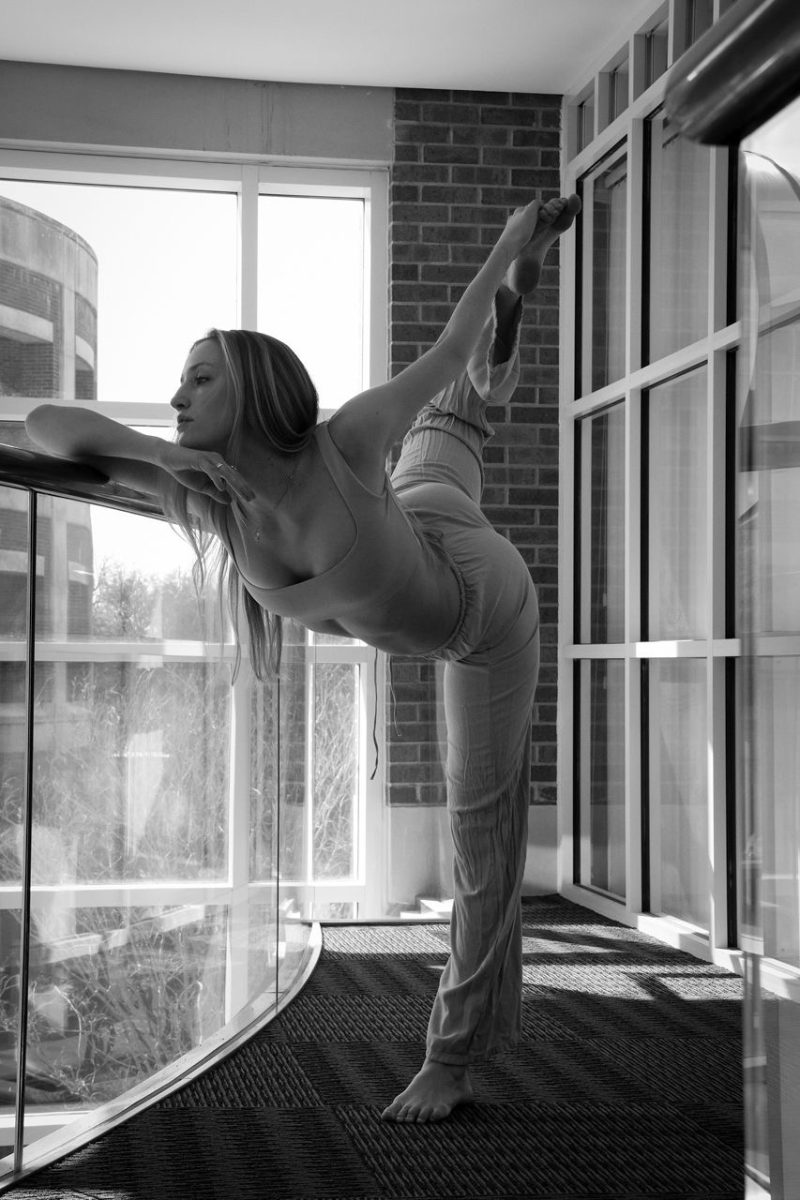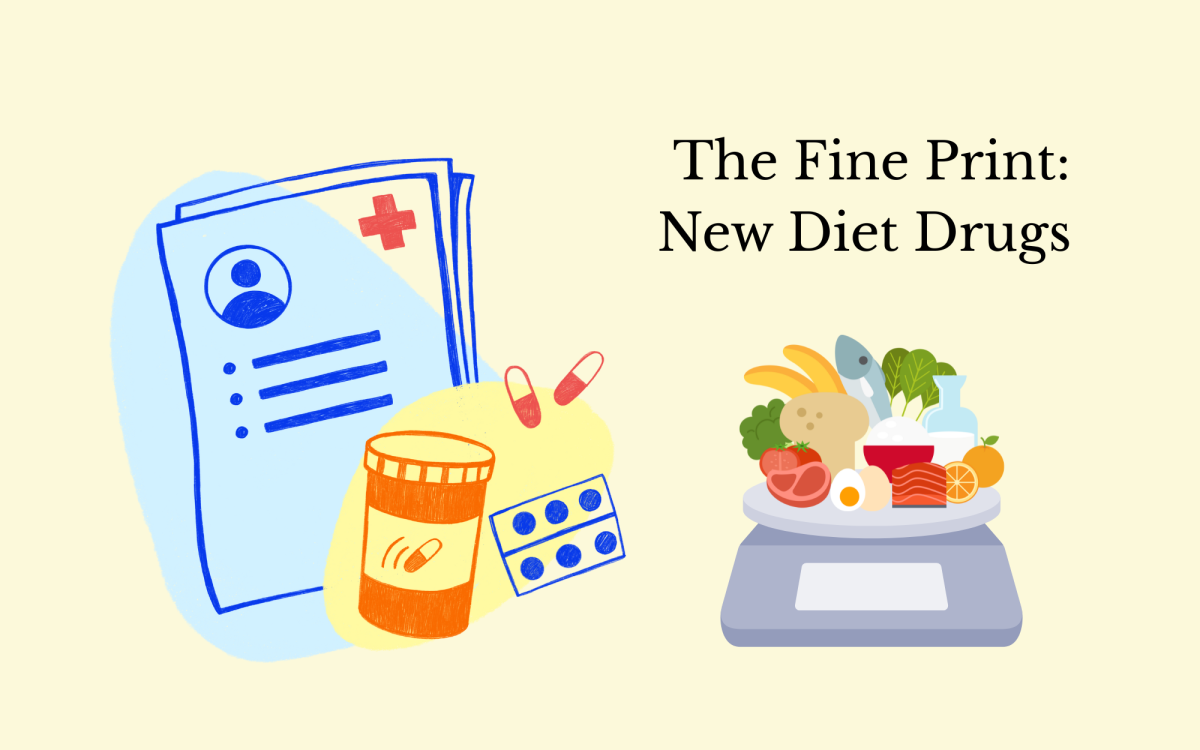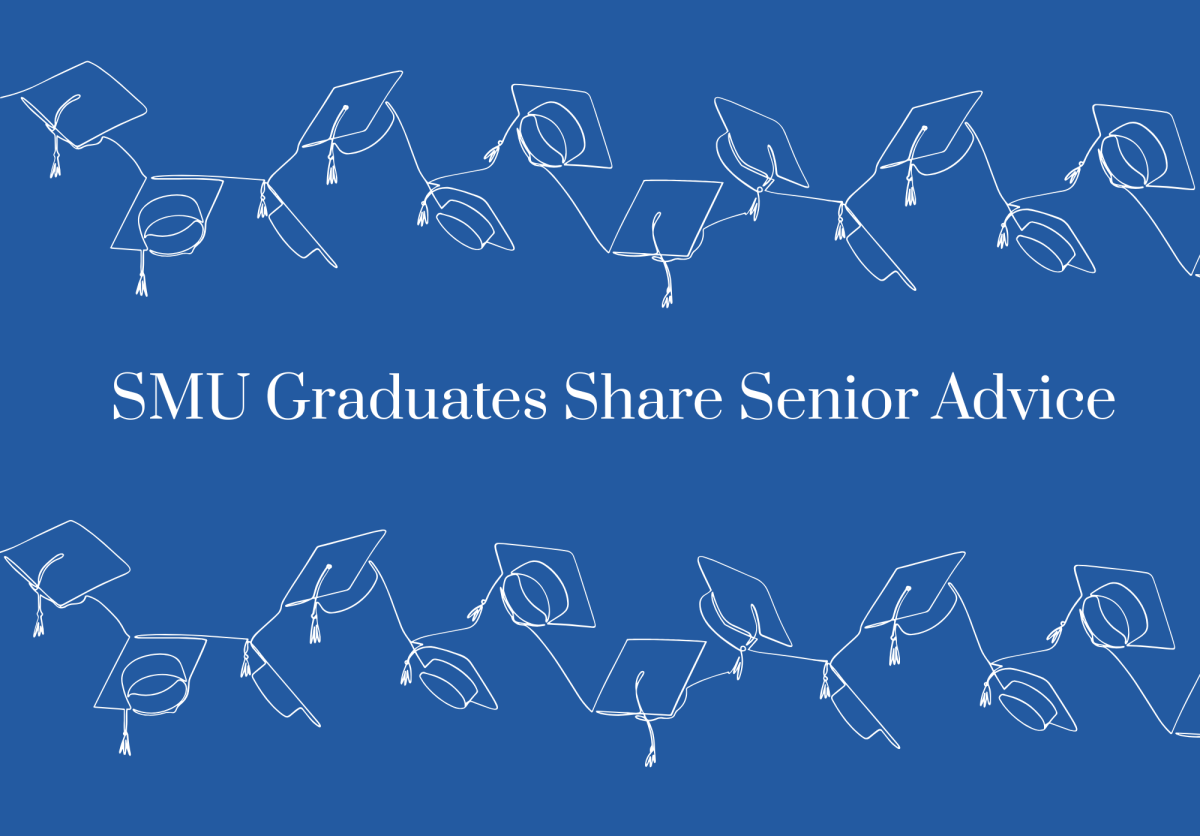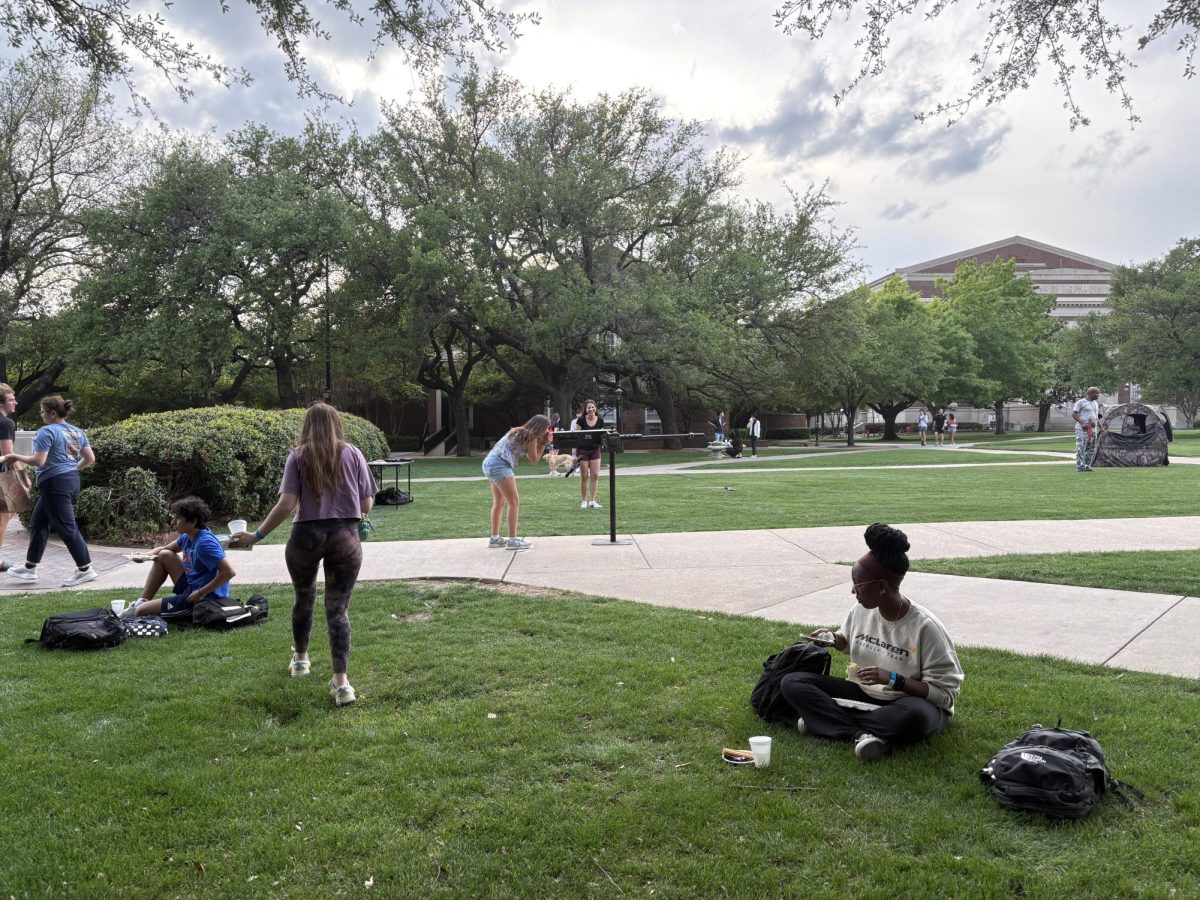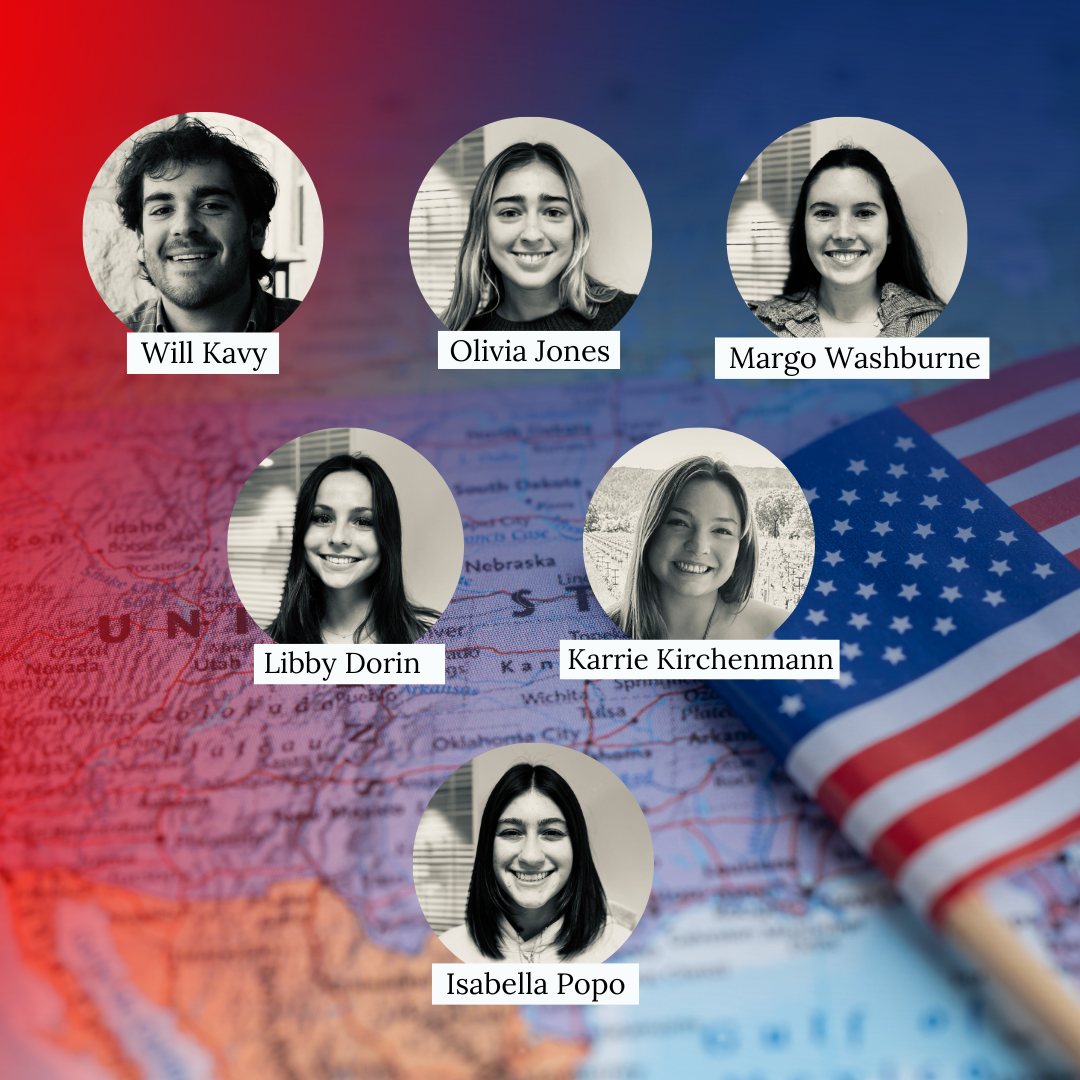There is no lack of opinions on what is wrong with the American education system. Every time national policies like No Child Left Behind and the Common Core (the latter of which was not written directly by the Obama administration but rather the National Governors Association and the Council of Chief State School Officers) find their ways to the headlines, commentators feel like the problems with our schools can be boiled down to a single issue. Teachers’ unions have a stranglehold on the system, states aren’t spending enough money on schools, parents need actual school choice with vouchers, etc.
And while these polemics are important to discuss, I feel it’s easy to alienate ourselves from one of the most important questions in this debate: what exactly makes a good school? I can’t offer an authoritative answer to that question, but I think there are some principles we can agree upon.
In 1988, Peggy McIntosh wrote a seminal essay on race studies in which she sought to unpack the “invisible knapsack” of privilege she incurred by being born a white woman in America. As a college student who attended a wealthy private Catholic school in Dallas, I too have benefited from privilege–what I want to unpack, however, is not my own racial privilege but rather the educational privilege that no doubt prepared me for college and helped me earn the scholarships that have allowed me to stay in school.
Here are a few of my ideas: I could be certain that I would never be in a classroom with more than 20 students. I had to pass through no security checkpoints when entering the building and could rest assured that I would not be subject to violence on any given day. If I went back to visit my high school tomorrow, I could be sure that 1. Most of the teachers who instructed me four years ago are still there and 2. Nearly all of them would still remember my name.
Though I lived in a different city from my school, I never had to worry about finding a ride home after class and music rehearsals, even when I was too young to have a driver’s license. My English teachers taught PSAT and SAT prep as a matter of course starting in ninth grade, and though I only took the SAT once, I could afford to take it as many times as I pleased. My school foot the cost of AP exams, meaning I could begin college with over 30 credit hours under my belt at effectively no cost to me. My college counselors began working with me (and all other students) one-on-one during my sophomore year to tell me about which colleges were most aligned with my career interests.
This list is hardly exhaustive, but not surprisingly, much of it is a function of wealth (after all, my parents were the ones who could afford to send me to private school in the first place). But I don’t think this little experiment of mine necessarily proves that more funding for schools is the answer. According to the World Bank, public expenditure per pupil as a percentage of GDP per capita is about 22 percent, which is just a tad under par in comparison with other developed countries. Moreover, we cannot simply make all of the country’s students wealthy (though any economic policy that tended toward that result would certainly be helpful). Instead, we need to make sure that our money is spent effectively: quality and quantity of educational personnel matters. The more that students can feel their school is like a second home rather than a place to be babysat for eight hours a day, the more they will get out of their school days.
Bub is a senior majoring in English, history and political science.



